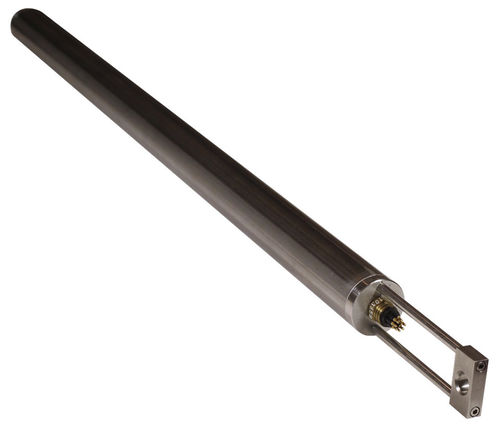
#Product Trends
How to Get Tilt Readings from Beneath the Water
Submersible Tiltmeters for Monitoring Infrastructure
You’ve been hired to maintain an iconic bridge that thousands of people need to cross every day. There are plenty of factors to consider and you’ll need to be able to track its stability using precise instruments that will likely have to be plunged into the water, but still provide effective readings.
Shallow Water Tilt Solutions
For inland structures such as a bridge or a dam, you won’t need a heavy duty tiltmeter to get the job done. A lightweight, submersible unit such as the 820 series can be planted down at the base of a structure to provide those must-have readings from the hardest places to reach.
Offshore Ocean Solutions
When you’re looking at a 2,000 meter dive into the ocean to test and measure the stability and performance of a structure such as an oil rig, a heavy duty instrument is the answer. DeepWater tiltmeters come in a rugged housing and can be bolted to deep underwater structures for precise structural feedback.
Undersea geophysical studies such as volcanic activity and fault lines can be monitored with a Lily borehole tiltmeter. NOAA has been using one to monitor the activity of an undersea volcano.
Conclusion
Most landscapes subtly change over time and engineers need to account for this when building and maintaining vital infrastructure. Most tiltmeters are designed to stay high and dry, but there are models built for specific subsea needs, whether they’re in shallow freshwater or extreme offshore depths. Looking for more information or a custom tiltmeter? Talk to a sensor expert.







